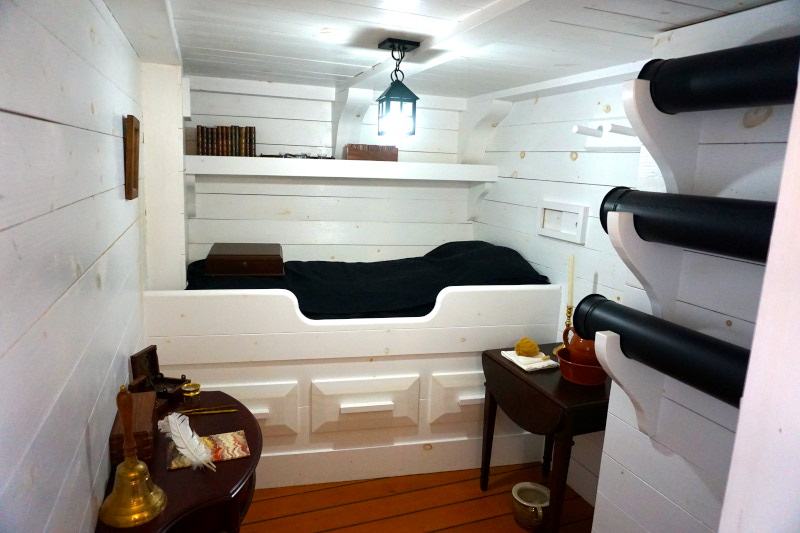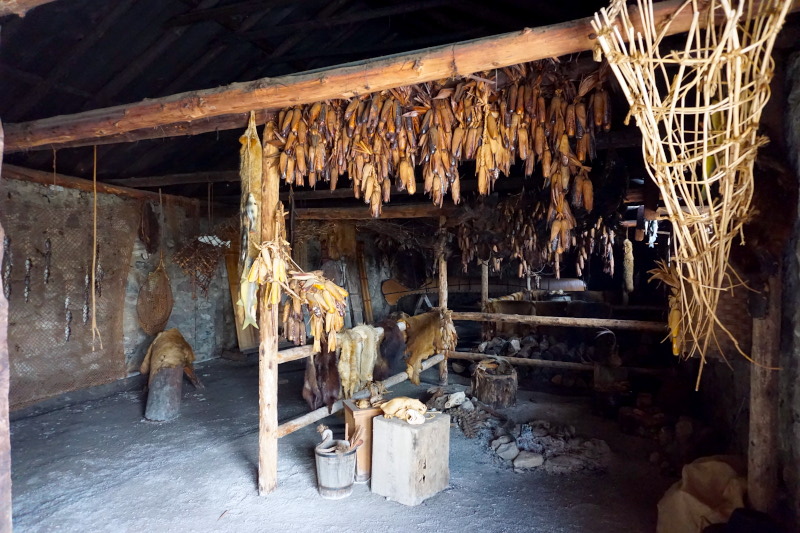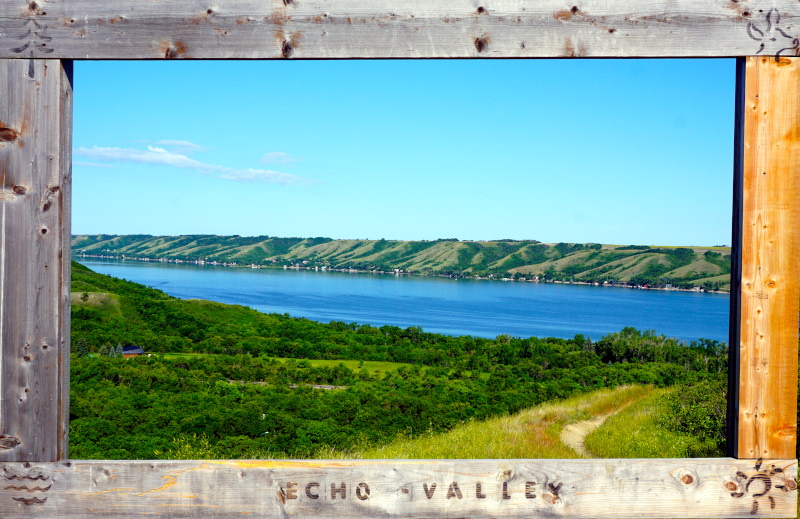16/06 – 10/07/2023
In the predominantly agricultural south of Ontario, more sights of Canada’s history awaited us over the next few days. By the way, the name of the country is derived from the language of an aboriginal tribe. Among the St. Lawrence Iroquois, “kanata” meant village or settlement.
First on our route was the Oil Museum of Canada in Oil Springs. We learned that the current “oil age” virtually began here. The Tripp brothers were the first to use the rising crude oil that solidified into bitumen in this area in 1854. They used it to make asphalt and founded the first oil-processing company in North America. Shortly afterwards, the first commercial oil well was tapped, by digging a hole by hand. Technical developments followed until 1866, when the local oil production boom came to an end due to the circumstances. However, the black gold is still being extracted on the site today, mainly using the technology of that time.





At the south-east end of Georgia Bay, we visited the reconstruction of a British naval base from 1817. First we “boarded” the faithful replica of the armed merchant ship HMS Tecumseh, before we could even look at its salvaged remains a little later. In between, we passed reconstructed homes and workplaces of the many different base inhabitants.














In the afternoon we stopped in Midland at Saint-Marie-among-the-Hurons. This was the site of a French mission station from 1639 to 1649 for the missionary conversion of the native Huron tribe living here.








A day of hiking in Killarney Provincial Park was now on the agenda. After all the facts & figures, just enjoy nature, switch off your mind and be careful not to stumble over roots or stones 😉 The red granite, rounded by the last ice age, was particularly interesting to look at.


Chikanishing Trail – along the shore of Georgia Bay

Cranberry Bog



View over Killarney Provincial Park
Arriving on the northern shore of the world’s largest freshwater lake, Lake Superior, we spent two nights in Pukaskwa National Park. Pure wilderness awaited us during a walk around Halfway Lake and a subsequent detour to a headland extending into Lake Superior. At the campsite in the national park, apart from countless chipmunks (they are everywhere here), a few mountain hares hopped through the undergrowth. Their summer fur is interestingly brown, while their hind legs keep their white “winter coat”.








Already during the initial planning at the beginning of our Canadian tour, we were confronted with partly (unbelievable/unexpected) distances. But on the way to the central provinces, it became clear to us that we were in the second largest country on earth. For days, we only drove through forests, past lakes and occasionally through small settlements.
In Thunder Bay we stopped at the Terry Fox Monument, an important site in recent Canadian history. At the age of 19, he lost his right leg due to cancer. He then decided to walk across the country (from east to west) to raise money for cancer research. However, in August 1980, after 143 days and 5373 km (out of a planned 8000 or so), he had to give up near that point because the disease struck again. And although he was unfortunately never able to finish the run (he died less than a year later), this action made him a national hero.
Just outside Manitoba’s capital Winnipeg, we visited the Lower Fort Garry fur trading post. Built in 1832 by the Hudson Bay Company, it was the company’s regional headquarters and one of Manitoba’s most important transshipment points for North American & European goods.





Next stop was Riding Mountain National Park. Here we hiked through dense mixed forest for two days and were even able to observe a moose from a distance as it “trudged” through the water in a lake.


In Spruce Woods Provincial Park we walked over sand dunes up to 30 m high and looked at the Devil’s Punch Bowl, a lake in the middle of the dune landscape, which is fed by underground springs.




Now we reached the seemingly boundless plains of the province of Saskatchewan and visited the Motherwell Homestead National Historic Site first. Mister Motherwell was one of the first white settlers in the vastness of these prairies and later even a member of Saskatchewan’s first parliament. He spent 15 years gathering the stones for his Italianate-style home & the foundation walls of the L-shaped barn.





In Regina we learned about the Royal Canadian Mounted Police, better known as “Mounties”. This world-famous police unit with red jacket, hat and horse is nowadays, except on special occasions, no longer in the saddle. A tour of the training academy, watching the daily parade and the informative museum on the history and present “captivated” us for a whole day.







North of Saskatoon we visited the Batoche National Historic Site. This was the site of the last battle of the Northwest Rebellion in 1885. Most of the people involved were Métis, descendants of French settlers and Aboriginal peoples who settled in this region after their expulsion from Manitoba. However, in the course of the further development of Canada’s west, they were again restricted in their rights & their concerns were not taken seriously. Despite communication with the government in Ottawa, no compromise was found and an armed uprising started, which ended in defeat for the Métis.







At the Wanuskewin Heritage Park we learned a lot about the importance of the bison for the many different indigenous tribes of the prairies. The way of life, language, traditions and teachings were part of a highly interesting exhibition, crowned by a live “healing dance”, the so-called Jingle Dance. Especially exciting was the explanation of the hunting method, the so-called Bison Jump. This involved luring a herd of bison by men dressed as bison, causing the herd to panic en masse with the help of other tribe members, and then “driving” them down a steep slope.









We hope you got a good impression of our experiences and are already looking forward to the next time. Until then.














